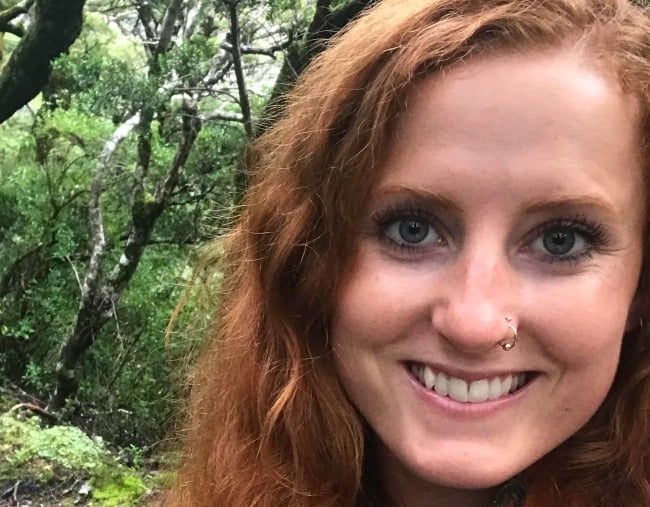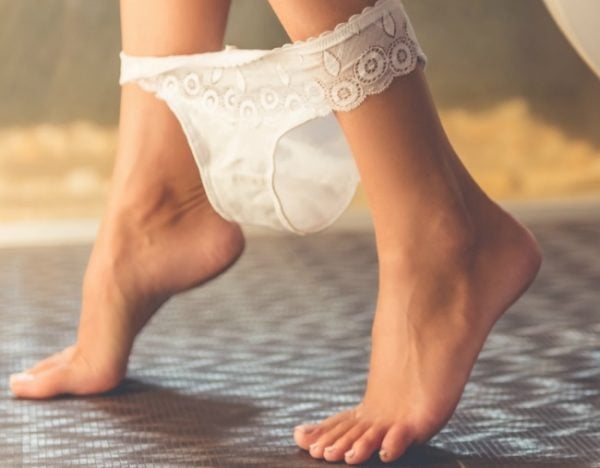
It was late 2015 when Natalie Jackson first noticed something wasn’t quite right ‘down there’. Like many women, she’d had UTIs and thrush before, but this felt different.
“The odour was pretty alien, it made me feel quite self-conscious,” Jackson recalls.
Over the course of a year, Jackson tells Mamamia she saw three separate doctors and was put on about eight different courses of antibiotics. The 24-year-old Melbourne woman was told a mix of things – that she had thrush, a UTI, pelvic inflammatory disease – but still, nothing worked.
Early on, in a moment of exasperation, she Googled her symptoms. A disease called bacterial vaginosis (BV) was the first thing that came up. And she, like most women, had never heard of it before then.
“I read an excerpt that said bacterial vaginosis is more common in women than thrush. And I thought if that’s so common and they haven’t picked it, then I probably don’t have it,” she says. “I thought it must be a really easy one to detect.”
So for a while, she dismissed it. But after a year of ping-ponging between antibiotics, she requested a pap smear that would include a check for BV (it is not routinely tested for). And that’s when she finally had an accurate diagnosis.



Top Comments
I can only echo the comments from Orions belt. A small Australian company has recently completed clinical trials on a non-antibiotic product for BV prevention and treatment. Surprised it is not mentioned in the article, but it offers a lot of hope to sufferers of BV and is an Australian product!
There is a product called Fleurstat or Vivagel which has been approved (hitting the shelves imminently), which has been proved at clinical trials to treat BV and get rid of the symptoms. It's not an antibiotic and restores the natural balance to resolve associated signs and symptoms.